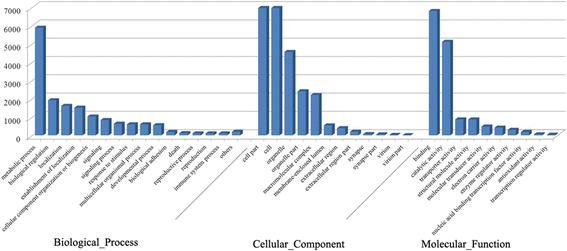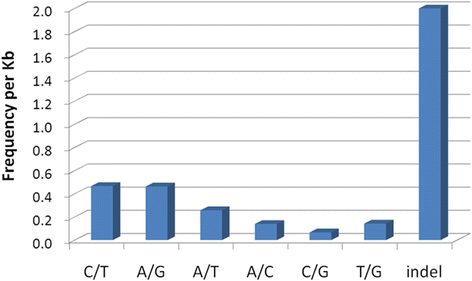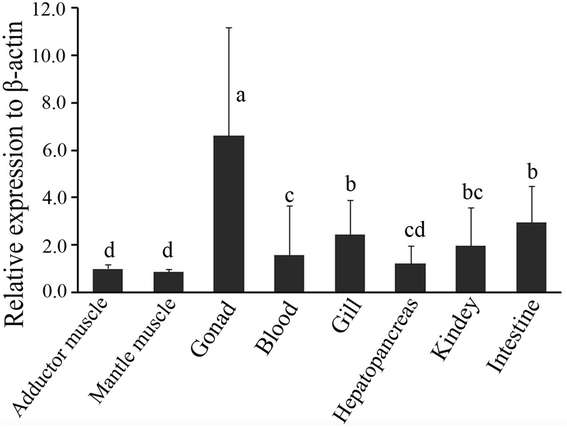A de novo transcriptome of the noble scallop, Chlamys nobilis, focusing on mining transcripts for carotenoid-based coloration
- PMID: 25651863
- PMCID: PMC4342821
- DOI: 10.1186/s12864-015-1241-x
A de novo transcriptome of the noble scallop, Chlamys nobilis, focusing on mining transcripts for carotenoid-based coloration
Abstract
Background: The noble scallop Chlamys nobilis Reeve displays polymorphism in shell and muscle colors. Previous research showed that the orange scallops with orange shell and muscle had a significantly higher carotenoid content than the brown ones with brown shell and white muscle. There is currently a need to identify candidate genes associated with carotenoid-based coloration.
Results: In the present study, 454 GS-FLX sequencing of noble scallop transcriptome yielded 1,181,060 clean sequence reads, which were assembled into 49,717 isotigs, leaving 110,158 reads as the singletons. Of the 159,875 unique sequences, 11.84% isotigs and 9.35% singletons were annotated. Moreover, 3,844 SSRs and over 120,000 high confidence variants (SNPs and INDELs) were identified. Especially, one class B scavenge receptor termed SRB-like-3 was discovered to express only in orange scallops and absent in brown ones, suggesting a significant association with high carotenoid content. Down-regulation of SRB-like-3 mRNA by RNA interference remarkably decreased blood carotenoid, providing compelling evidence that SRB-like-3 is an ideal candidate gene controlling carotenoid deposition and determining orange coloration.
Conclusion: Transcriptome analysis of noble scallop reveals a novel scavenger receptor significantly associated with orange scallop rich in carotenoid content. Our findings pave the way for further functional elucidation of this gene and molecular basis of carotenoid deposition in orange scallop.
Figures









References
Publication types
MeSH terms
Substances
LinkOut - more resources
Full Text Sources
Other Literature Sources

